- No products in the cart.
Trilaktan drops Ch. 0.005% 2.5ml vial, cap.
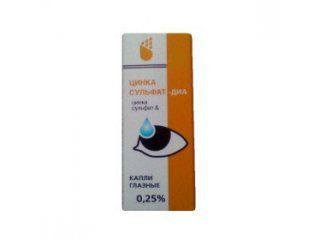
Zinc sulfate-dia drops Ch. 10ml vial, cap.
$1.84
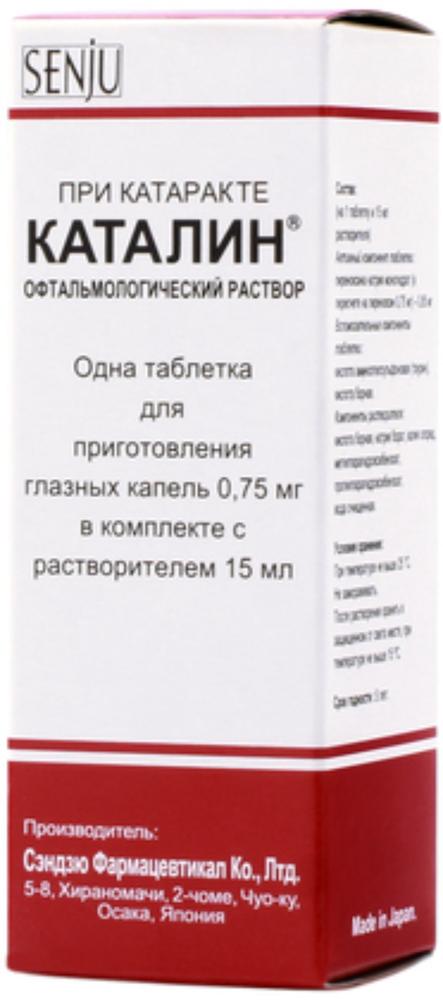
Katalin tab for prig.kapel Ch. + 0.75mg solvent 15ml vials.
$12.34
$11.90
Trilaktan drops Ch. 0.005% 2.5ml vial, cap.
Description
Composition
Active substance:
1 ml of solution contains: 0.05 mg of latanoprost.
Excipients:
Benzalkonium chloride 0.20 mg Sodium chloride 4.10 mg Sodium dihydrogen phosphate monohydrate 4.60 mg
Sodium hydrogen phosphate anhydrous 4.74 mg water for injection to 1 ml.
Description:
Transparent colorless liquid.
Product form:
0.005% Eye Drops.
2.5 ml into a bottle with a dropper, low density polyethylene and the lid from the first control opening of the vial or dropper, high density polyethylene together with the lid and screwed plug-dropper.
1 or 3 vials together with instructions for use, resistant device whether or not a pack of cardboard.
Contraindications
Hypersensitivity to latanoprost or other components of the formulation. Up to 1 year (effectiveness and safety have been established).
Carefully:
Aphakia, psevdoafakiya with rupture posterior lens capsule; Patients with macular edema risk factors (for the treatment of latanoprost described cases of macular edema, including cystoid); inflammatory, neovascular glaucoma (due to lack of enough experience with the drug); bronchial asthma; herpetic keratitis in history. Avoid using the drug in patients with an active form of herpetic keratitis and recurrent herpetic keratitis, especially those related to prostaglandin F2a analogue reception. The drug should be used with caution in patients with risk factors for iritis / uveitis. There are limited data on the use of the drug in patients undergoing surgery for cataracts. In this regard, in this group of patients the drug should be used with caution.
Dosage
0.05 mg / ml
Indications
Reduction of elevated intraocular pressure in adults and children (over the age of 1 year) with open angle glaucoma or elevated intraocular.
Interaction with other drugs
With simultaneous instillation into the eyes of two prostaglandin analogues described paradoxical increase in IOP, so simultaneous use of two or more prostaglandins, their analogs or derivatives not recommended. Pharmaceutical incompatible with eye drops containing thiomersal -pretsipitatsiya.
Overdose
In addition to eye irritation, conjunctival hyperemia episclera or other undesirable changes in the body of an overdose of latanoprost not known. When receiving the random latanoprost inwardly to consider the following: One vial containing 2.5 ml of a solution containing 125 micrograms latanoprost. More than 90% of the drug is metabolized during the first pass through the liver. An intravenous infusion at a dose of 3 mcg / kg in healthy volunteers did not cause any symptoms but when administered dose 5,5-10 g / kg were observed nausea, abdominal pain, dizziness, fatigue, hot flushes and sweating. In patients with bronchial asthma, moderate administering latanoprost in the eye in a dose of 7 times exceeding the therapeutic one, does not cause bronchospasm.
In the case of overdose symptomatic treatment.
pharmachologic effect
Pharmacological group:
Antiglaucoma agents – prostaglandin F2a synthetic analogue.
Pharmacodynamics:
Latanoprost – prostaglandin F2a analogue – is a selective FP receptor agonist (prostaglandin F) and lowers intraocular pressure (IOP) by increasing the outflow of aqueous humor through the uveoscleral mostly, and also through the trabecular meshwork. Lowering IOP starts approximately 3-4 hours after drug administration, the maximum effect is observed after 8-12 hours, the effect persists for at least 24 hours. It was established that latanoprost has no significant effect on production of aqueous humor and blood aqueous barrier. When used in therapeutic doses latanoprost has no significant pharmacological effects on the cardiovascular and respiratory systems.
Pharmacokinetics:
Latanoprost (molecular weight 432.58) is a prodrug, esterified isopropyl group, inactive; after hydrolysis to the acid form becomes biologically active.
Suction
The prodrug is well absorbed via the cornea and fully hydrolyzed when released into the aqueous humor.
Distribution
Studies in humans showed that the maximum concentration in the aqueous humor is reached 2 hours after instillation. After instillation monkeys latanoprost is distributed mainly in the anterior chamber of the eye, the conjunctiva, and eyelids. Only a small amount of latanoprost eye reaches the posterior chamber.
biotransformation
The active form of latanoprost is practically not metabolized in the eye, but biotransformation in the liver.
breeding
Plasma half-life of 17 min. Studies in animals have shown that the major metabolites (1,2-dinor- and 1,2,3,4-tetranormetabolity) do not have (or are low) biological activity and are derived mainly from the urine.
Children
latanoprost exposure is approximately 2-fold higher in children aged 3 to 12 years compared with older patients, and 6 times higher in children aged under 3 years. However, the safety profile of the drug is no different in children and adults. The time to reach maximum concentration of latanoprost acid in plasma was 5 minutes for all age groups. The half-life period of latanoprost acid in children is the same as in adults. The equilibrium concentration does not occur kamulyatsii latanoprost acid in blood plasma.
Pregnancy and breast-feeding
Pregnancy
Safety of application of latanoprost during pregnancy has not been established in humans. Latanoprost may have toxic effects on pregnancy, fetus and newborn. Use during pregnancy is contraindicated.
Breastfeeding
Latanoprost and its metabolites may enter breast milk. Use during breast-feeding is contraindicated. If necessary, use breastfeeding should be discontinued.
fertility
The effect of latanoprost on male and female fertility in animal studies found.
Conditions of supply of pharmacies
Prescription.
side effects
The majority of adverse reactions were noted by the organ of vision. The 5-year open safety study in 33% developed iris pigmentation (see. “Special instructions” section). Other adverse reactions on the part of body, typically transitory and observed immediately after instillation.
Gradation undesired reactions by frequency of occurrence is as follows: very often (> 1/10); common (> 1/100,
special instructions
Latanoprost may gradually change eye color by increasing the content of brown pigment in the iris. Prior to treatment, patients should be informed of the possibility of irreversible change in eye color. Application of a drug on one eye can cause irreversible Heterochromia. This change in eye color predominantly observed in patients with non-uniformly colored irises, namely a square-blue, gray-brown, yellow-brown and green-brown. In studies of latanoprost darkening usually began within the first 8 months of treatment, rarely – in the second and third year, and were noted after four years of treatment. The progression of iris pigmentation decreases with time and stabilized after 5 years. Evidence of increased pigmentation for 5 years are not available. In an open 5-year latanoprost safety study in 33% of patients developed iris pigmentation (see. The section “Side effect”). In most cases, the change in color of the iris was small and often clinically detected.
The incidence varied from 7 to 85% in patients with differently colored irises, dominating in patients with yellow-brown irises. Changes in patients with uniformly colored blue irises were observed in rare cases, the changes have been reported with evenly colored irises gray, green, hazel color. Change eye color due to increased melanin content in the stromal melanocytes of the iris and not an increase in the number of melanocytes themselves. Typically, the brown pigmentation appears around the pupil spreads concentrically to the periphery of the iris. The entire iris or parts become brown color. After discontinuation further pigmentation were observed. According to the clinical data of the color change was not associated with any symptoms or pathological disorders. The drug has no effect on nevi and lentigo iris. According to the 5-year clinical trials sklerorogovichnoy accumulation of pigment in the trabecular meshwork or other divisions were observed anterior chamber. It is shown that a darkening of the iris does not lead to undesirable clinical effects, so the use of latanoprost in the event of such browning can continue. However, such patients should be regularly monitored and, depending on the clinical situation, treatment may be discontinued. Previous use of latanoprost in therapy closure and congenital glaucoma, pigmentary glaucoma, open-angle glaucoma in patients with psevdoafakiey limited. There are no data on the use of latanoprost in the treatment of secondary glaucoma due to inflammatory diseases of the eye, and neovascular glaucoma. Latanoprost has no influence on the pupil size. Due to the fact that information about the use of latanoprost in postoperative cataract extraction is limited, caution should be exercised when using the drug in this category of patients. Caution must be exercised when applying latanoprost patients with a history of herpetic keratitis. In acute herpetic keratitis, as well as in case of anamnestic data on chronic recurrent herpetic keratitis, is necessary to avoid the use of latanoprost. Macular edema, including cystic, observed during therapy latanoprost mainly in patients with aphakia, psevdoafakiey, rupture of posterior lens capsule, or in patients with risk factors for cystic macular edema (including diabetic retinopathy and retinal vein occlusion). Caution must be exercised when applying latanoprost patient with aphakia, psevdoafakiey with rupture of the posterior capsule or anterior chamber intraocular lenses, as well as patients with known risk factors cystic macular edema.
Caution should be exercised when using latanoprost patients with risk factors for iritis / uveitis. Experience of latanoprost with asthma patients is limited, but in some cases post-registration period marked exacerbation of asthma flow and / or appearance of dyspnea. Caution must be exercised when applying latanoprost in these patients (see. Also “Side effect”). Cases of skin darkening periorbital area that a number of patients were reversible while continuing treatment with latanoprost. Latanoprost may cause a gradual change eyelashes and vellus hair, such as lengthening, thickening, increased pigmentation, increased density and change in the direction of growth of eyelashes. Eyelash changes are reversible and take place after the cessation of therapy. Trilaktan® contains benzalkonium chloride which is often used as a preservative in ophthalmic medicaments. Benzalkonium chloride may cause eye irritation, punctate keratopathy and / or toxic ulcerative keratopathy and absorbed soft contact lenses and discolor them. Careful monitoring of the condition of patients with the syndrome of “dry” eyes or other diseases of the cornea during long-term use of latanoprost. Before applying the drug to remove contact lenses and install them again no earlier than 15 minutes after instillation (see. Also “Dosage and Administration”).
Children
Information about the efficacy and safety of latanoprost in children under one year are limited. There is no experience with the drug in preterm infants (gestational age less than 36 weeks). Information about the security of long-term use of latanoprost have no children. In primary congenital glaucoma in children from 0 to 3 years the standard treatment is surgery goniotomiya / trabekulotomiya).
Effects on ability to drive vehicles and mechanisms:
As with other ophthalmic drugs, possibly temporary blurred vision; to restore it to drive vehicles or use machines is not recommended.
Storage conditions
At a temperature of 2 to 8 ° C. After opening, the vial is stored at a temperature not higher than 25 ° C.
Keep out of the reach of children.
Dosing and Administration
The dosage regimen in adults (including the elderly)
One drop into the affected eye (s) once a day. Optimal effect is achieved when using the drug in the evening.
You should not carry the drug instillation often than 1 time per day, as it is shown that more frequent administration decreases the hypotensive effect.
At the admission of a single dose treatment should be continued in the usual way. As with any use of eye drops, to reduce possible systemic effect of the drug immediately after instillation of each drop is recommended for 1 minute to press the lower lacrimal point located at the inner corner of the eye on the lower eyelid. This procedure must be performed immediately after instillation.
Before instillation, remove the contact lenses and install them no earlier than 15 minutes after administration (see. Also section “Special Instructions”). If necessary to simultaneously apply different eye drops, their use should distinguish between 5-minute intervals.
The dosage regimen in children
Latanoprost is used in children in the same dose as in adults. Data on the use of the drug in preterm (gestational age
Information
Appearance may differ from that depicted in the picture. There are contraindications. You need to read the manual or consult with a specialist
Additional information
| Weight | 0.100 kg |
|---|---|
| Manufacturer | Grotex Ltd. |


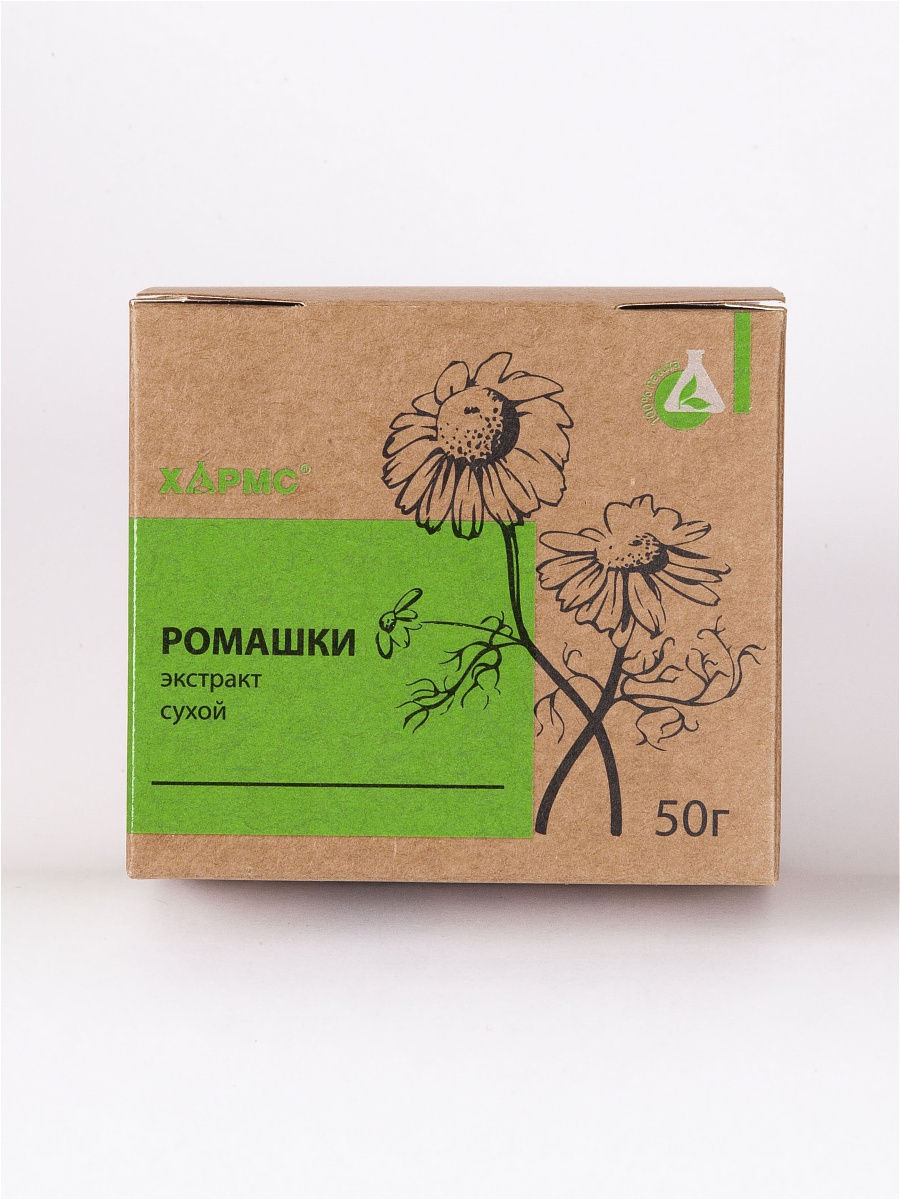

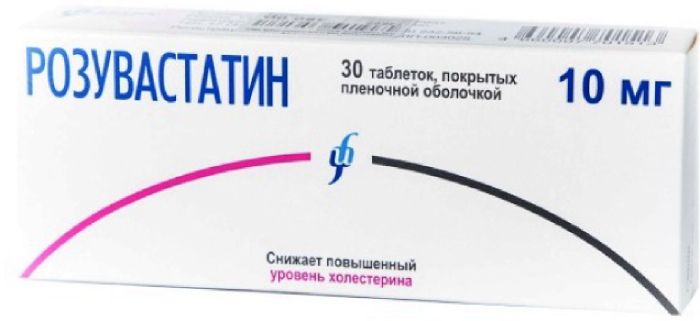
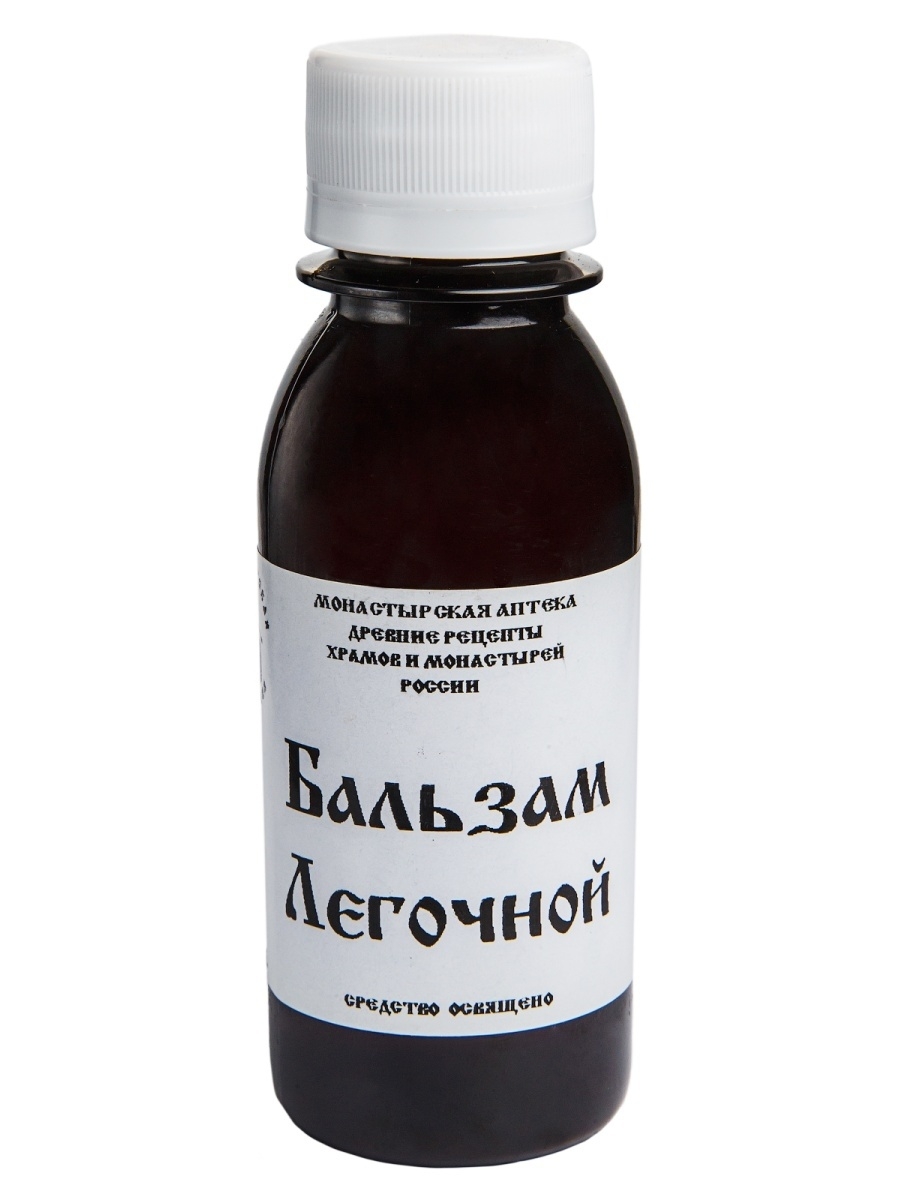

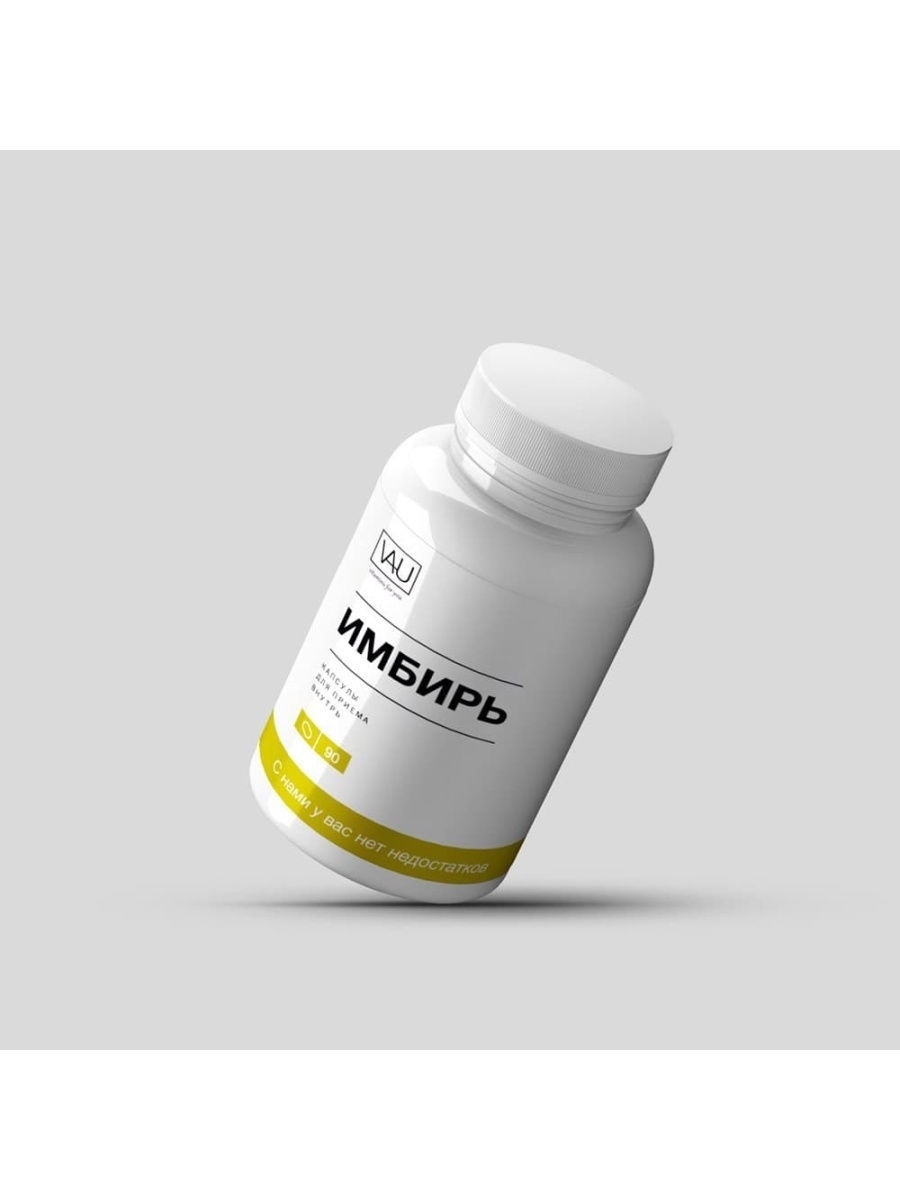




There are no reviews yet.